In the magical world of artificial intelligence, the best AI 3D model generators have become a game-changer. They can craft detailed, three-dimensional models based on text descriptions, images, or video inputs. These digital artisans can serve an array of applications, from sculpting models for 3D printing to materializing objects that exist merely in the realm of imagination.
As the market is brimming with numerous AI text-to-3D generators, identifying the right one for you hinges on your specific requirements. In this piece, we’ll acquaint you with eight of the best AI 3D model generators that have etched their mark in this domain, and elucidate what sets each one apart.
Best AI 3D model generators (up to date list)
It’s crucial to note that the AI 3D model generators mentioned in this article aren’t ranked in any specific order from best to worst. Each of these revolutionary tools serves different purposes and has distinct strengths depending on the use case. Masterpiece Studio, Luma AI, NeROIC, Mochi, Move.AI, and DPT Depth Estimation all bring unique capabilities and functionalities to the table.
Whether you’re looking to transform text or images into 3D models, generate life-like animations from motion capture, or create complex 3D scenes, these tools offer solutions tailored to various requirements. As such, the “best” AI 3D model generator largely depends on the specific needs and objectives of the user.

Spline AI
Step into the future of 3D generation with Spline AI, a trailblazing AI-powered text-to-3D model generator that has transformed the traditional 3D modeling process. This breakthrough technology can fabricate realistic 3D models and animations using mere text prompts. It’s as if you’ve been handed the keys to your own virtual factory where every command from your words takes shape. A prompt as simple as “a house with a red front door and two windows” or “a tiger with orange fur and white stripes” is all Spline AI needs to spawn lifelike 3D models.
Beyond model generation, Spline AI shines as one of the best AI 3D model generators for its capacity to generate flawless textures for 3D objects from text-based prompts. Be it characters, creatures, or landscapes, the AI effortlessly drafts textures based on your prompt’s descriptions. What sets Spline AI apart is its dynamic collaborative features; accessible from any device, it enables real-time sharing and editing of creations, fueling a faster and efficient team dynamic.
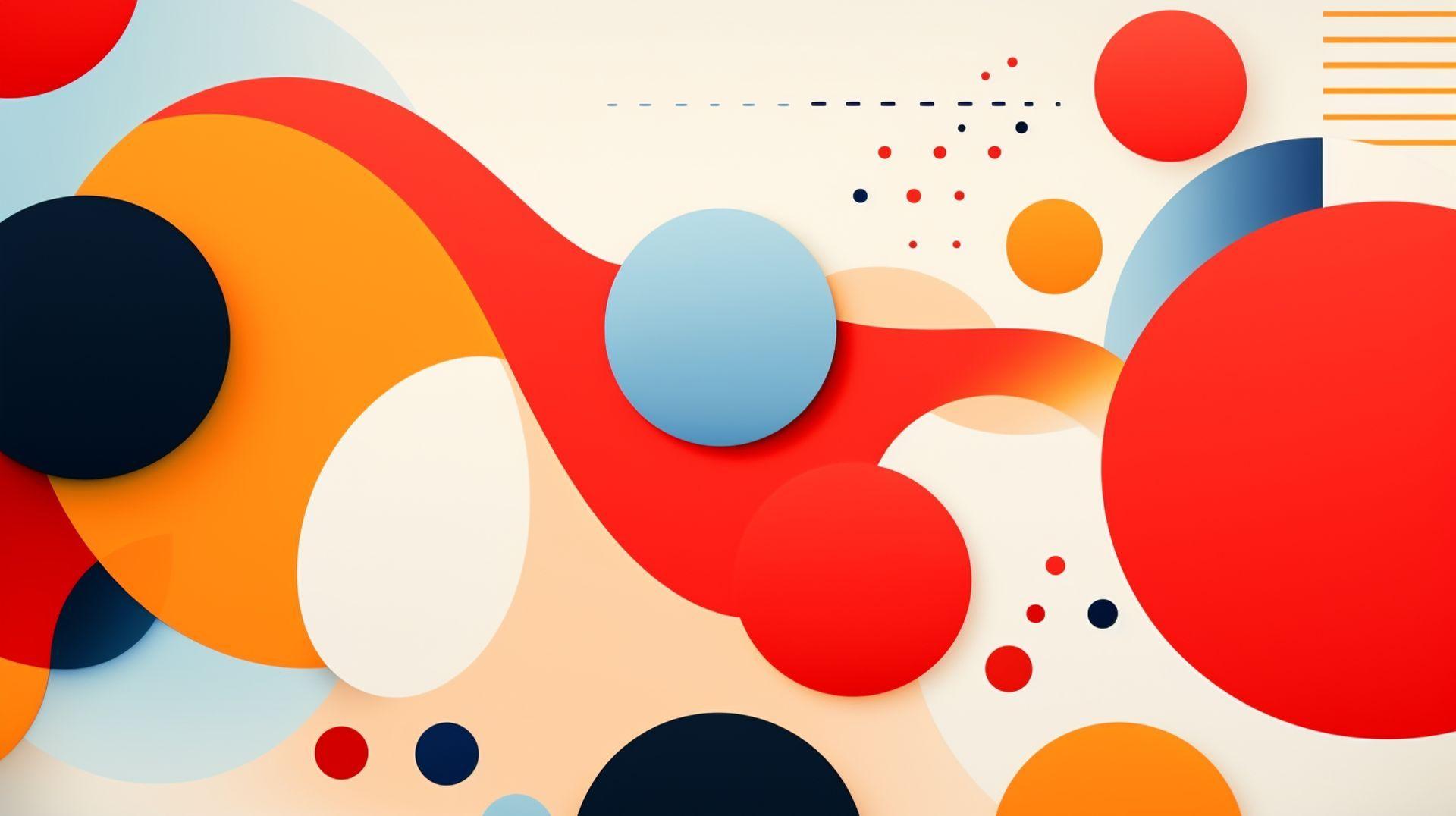
Meshcapade
Next on our list is Meshcapade, an ingenious platform that is undeniably one of the best AI text-to-3D generators out there. It streamlines the creation of 3D avatars, allowing businesses to focus on their core services instead of the typically taxing task of curating perfect 3D models. Whether it’s crafting precise digital doubles or animating fantasy characters, Meshcapade’s patented technology seamlessly integrates with all game engines and graphics software.
A distinctive feature of Meshcapade is its ability to generate strikingly accurate digital doubles from any data source in a unified 3D body format. This platform, harnessing its patented SMPL body model technology, can generate 3D models of bodies with a single image, regardless of the pose or size. This is a boon for businesses requiring precise 3D avatars for e-commerce applications, making the shopping experience highly personalized.
A paragon of convenience and accuracy, Meshcapade allows users to animate their avatars with their movements and emotions. Further, all avatars created on Meshcapade’s platform are entirely compatible, ensuring a unified user experience. The ability to generate e-commerce ready models with such authenticity makes Meshcapade an irreplaceable tool in the world of AI 3D model generators.
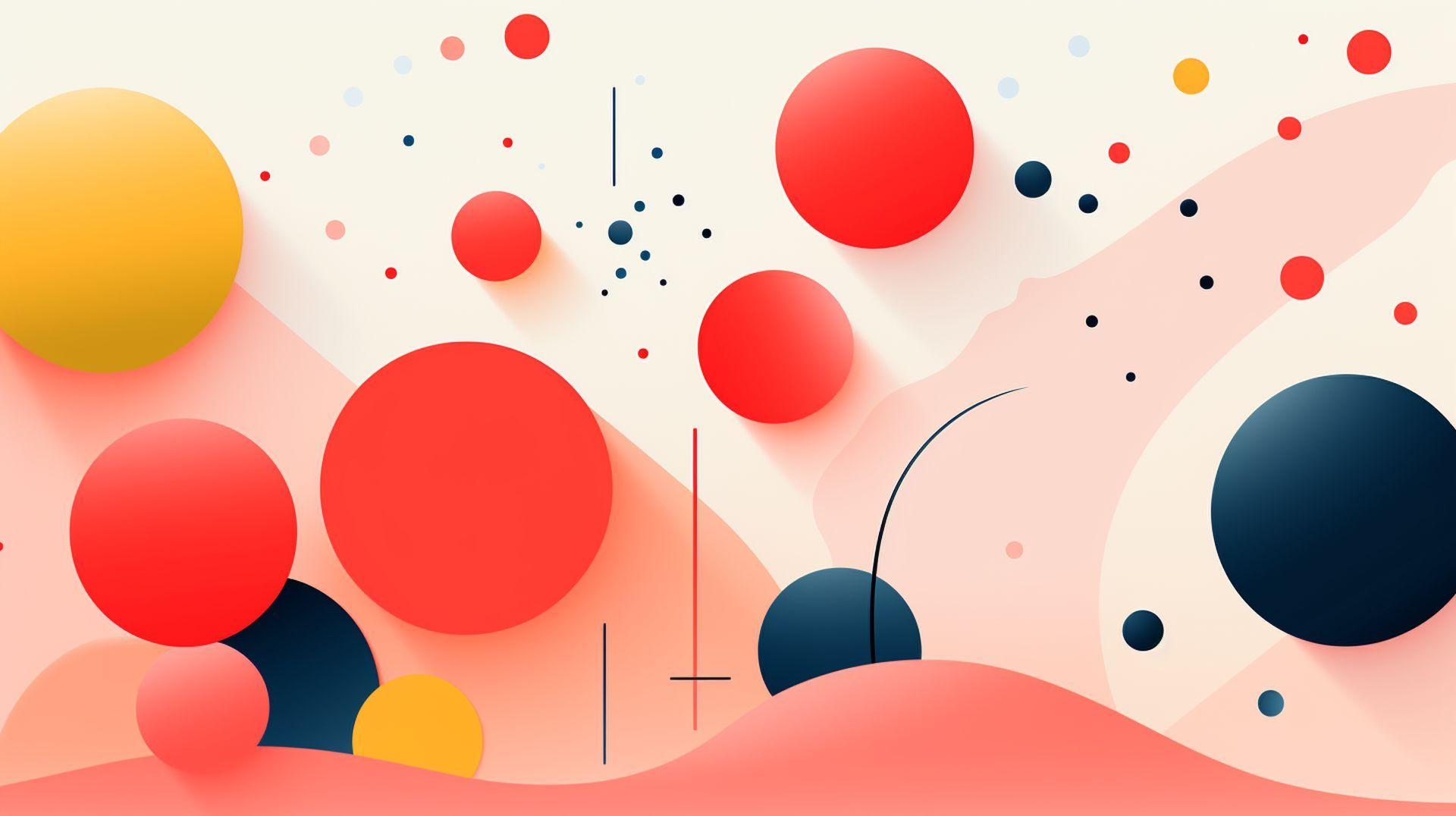
Masterpiece Studio
Masterpiece Studio introduces you to a world where words morph into 3D shapes with its groundbreaking AI Text-to-3D Generator. This tool, coming from pioneers in 3D creation, gives wings to creativity, transforming text prompts into 3D models and animations. It lets you bypass the painstaking process of manual 3D modeling and gives your words a 3D form with just a click. What’s more, Masterpiece Studio stands as one of the best AI 3D model generators with its intuitive user interface making 3D creation accessible to everyone.
The magic behind Masterpiece Studio is the sophisticated Natural Language Processing (NLP) technology that it harnesses. The AI Text-to-3D Generator interprets your text descriptions and materializes them into 3D models. Whether you type “guitar” or “skyscraper,” the generator will manifest a 3D model adhering to your specifications. This tool does all the heavy lifting, meaning you can switch from idea to creation within minutes.
Among its many pros, Masterpiece Studio can also generate custom animation sequences for your models. It produces game-ready 3D models fit for various applications, including gaming, 3D printing, animation, and mixed reality. This tool simplifies the often complex creative process, enabling users to actualize their ideas swiftly, making it the go-to tool for rapid and inspiring content creation.
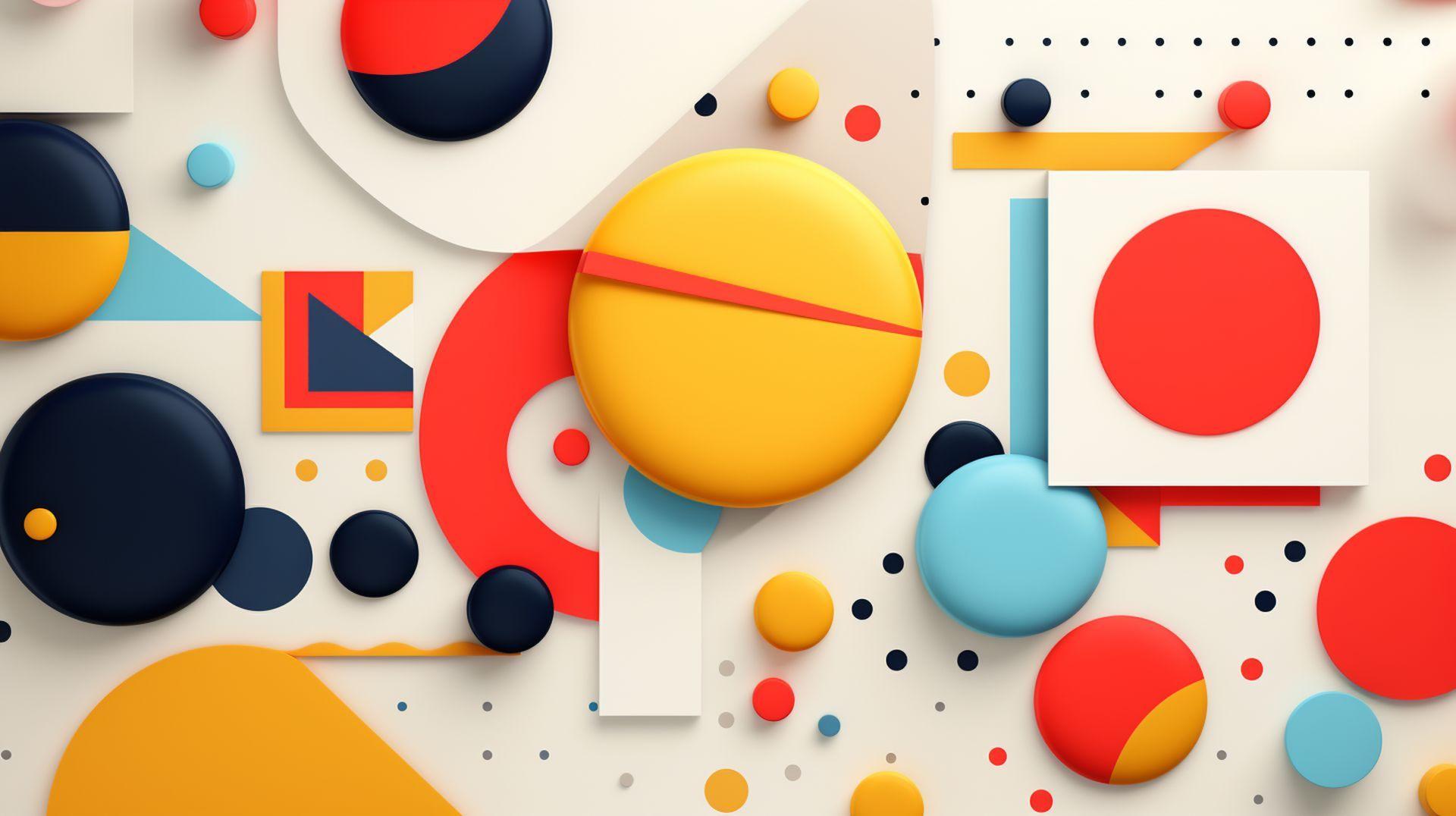
Luma AI
Then we have Luma AI, the latest sensation in 3D image generation, capable of crafting realistic 3D models from text input. Its innovative Imagine feature, while still not publicly accessible, reportedly promises to be one of the most potent 3D creation tools in the market. It doesn’t stop at text-based models; Luma AI can also transform live video feed into a compelling 3D scene. It employs the tremendous data processing prowess of AI to perceive three-dimensional objects in a scene and render them with striking accuracy.
Luma AI: Turn smartphone captures into 3D models
Despite its advanced technology, Luma AI features an impressively user-friendly interface, facilitating seamless navigation through a plethora of options. The results are equally commendable, with 3D models nearly indistinguishable from their real-world counterparts. Luma AI stands as a testament to the potential of AI in 3D image generation, and with its powerful features and intuitive user interface, it is poised to be one of the best AI 3D model generators in the market. The yet-to-be-released Imagine feature holds the promise of a revolution in how we create and perceive 3D models.
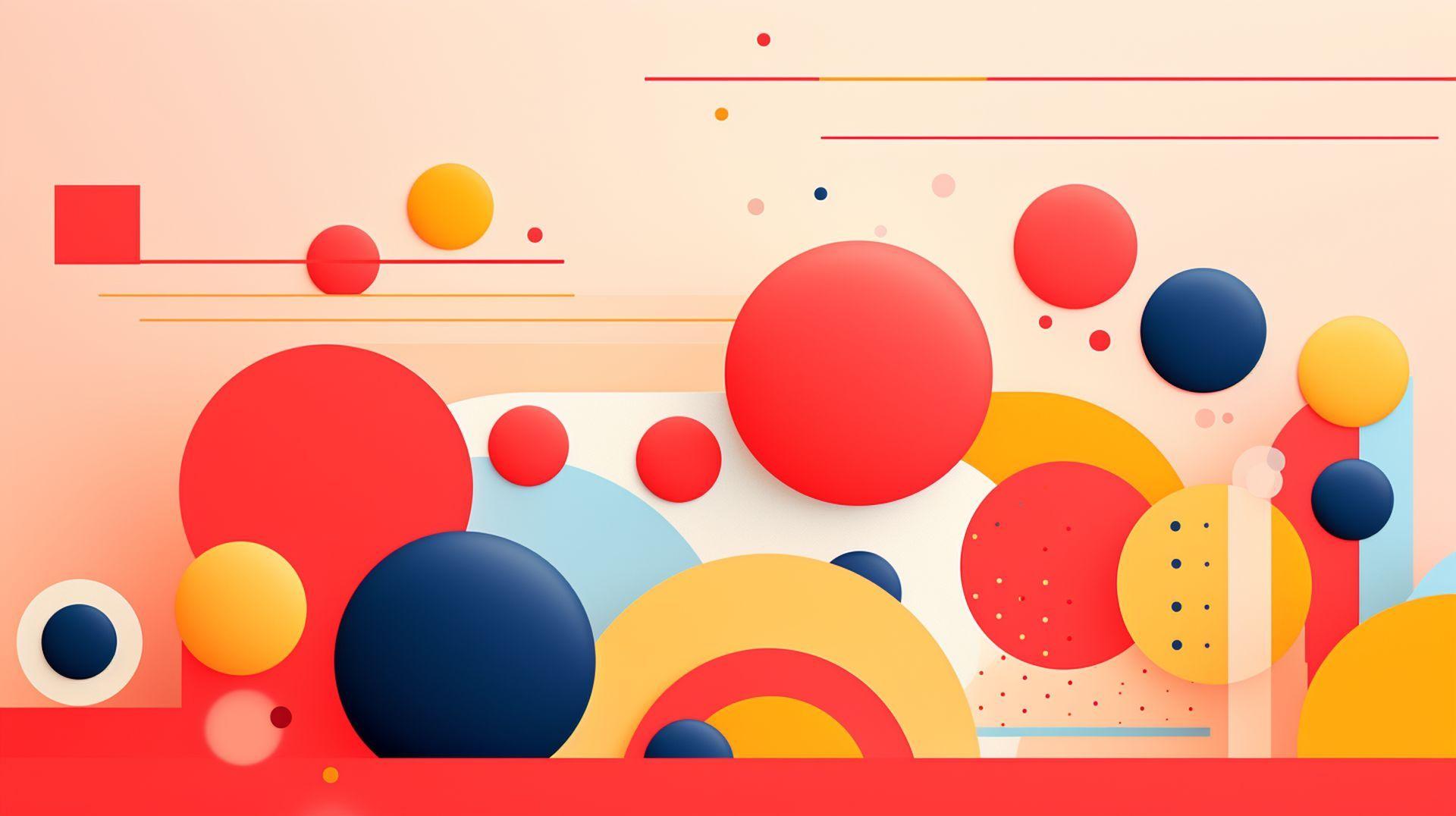
NeROIC
NeROIC, a powerful AI technology feature that has the ability to transform 2D images into 3D models, is poised to bring a radical shift in our interaction with 3D models. Developed by a leading tech firm, NeROIC leverages visual cues to materialize your envisioned 3D models. Though currently inaccessible to the public, the tech world awaits this product with high anticipation.
One of the distinguishing features of NeROIC is its video-to-3D scene creation. This allows users to create, modify, and interact with 3D scenes using just a single video clip, making the 3D scene creation process more efficient and less labor-intensive.
Why consider NeROIC among the best AI 3D model generators? The answer lies in its comprehensive and efficient features. Both the image-to-3D and video-to-3D aspects offer detailed customization and quick generation of intricate 3D scenes, positioning NeROIC above its competitors. Moreover, its user-friendly interface makes it accessible even to beginners with no prior experience in 3D modeling or virtual reality, likely leading to its increased popularity and usage in the near future.
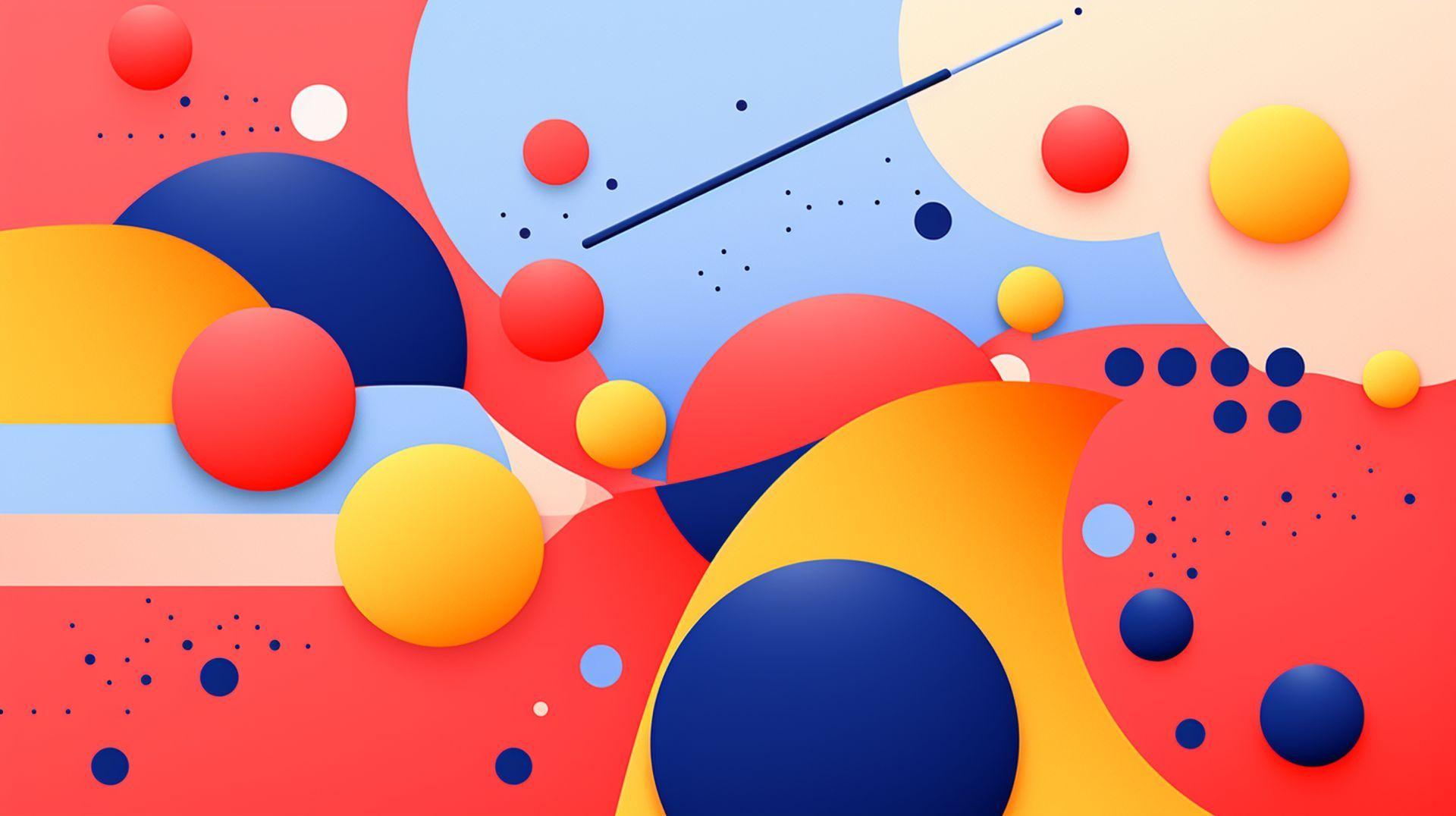
Mochi
Another noteworthy entry in the realm of AI text-to-3D generators is Mochi. Particularly popular among game developers, Mochi streamlines the game development process by quickly generating 3D models and graphics from natural-language commands. Mochi, acting as a game development assistant-plugin, removes the hassle of manually crafting 3D objects, allowing users to generate them swiftly with instructions like “create a wall model with 12 holding walls”.
Mochi not only hastens the 3D model creation process but also includes features that enhance the design and navigation within games. It comes equipped with custom shortcuts that simplify the process further – for instance, entering “+s awesomeness” gives you a quick script ready to deploy. With its myriad capabilities, Mochi improves the development process and saves valuable time.
Whether you’re giving commands like “add a mesh collider” or “set the material to blue,” Mochi understands and swiftly brings your 3D creations to life. It is indeed an invaluable tool for game developers, helping them save both time and energy.
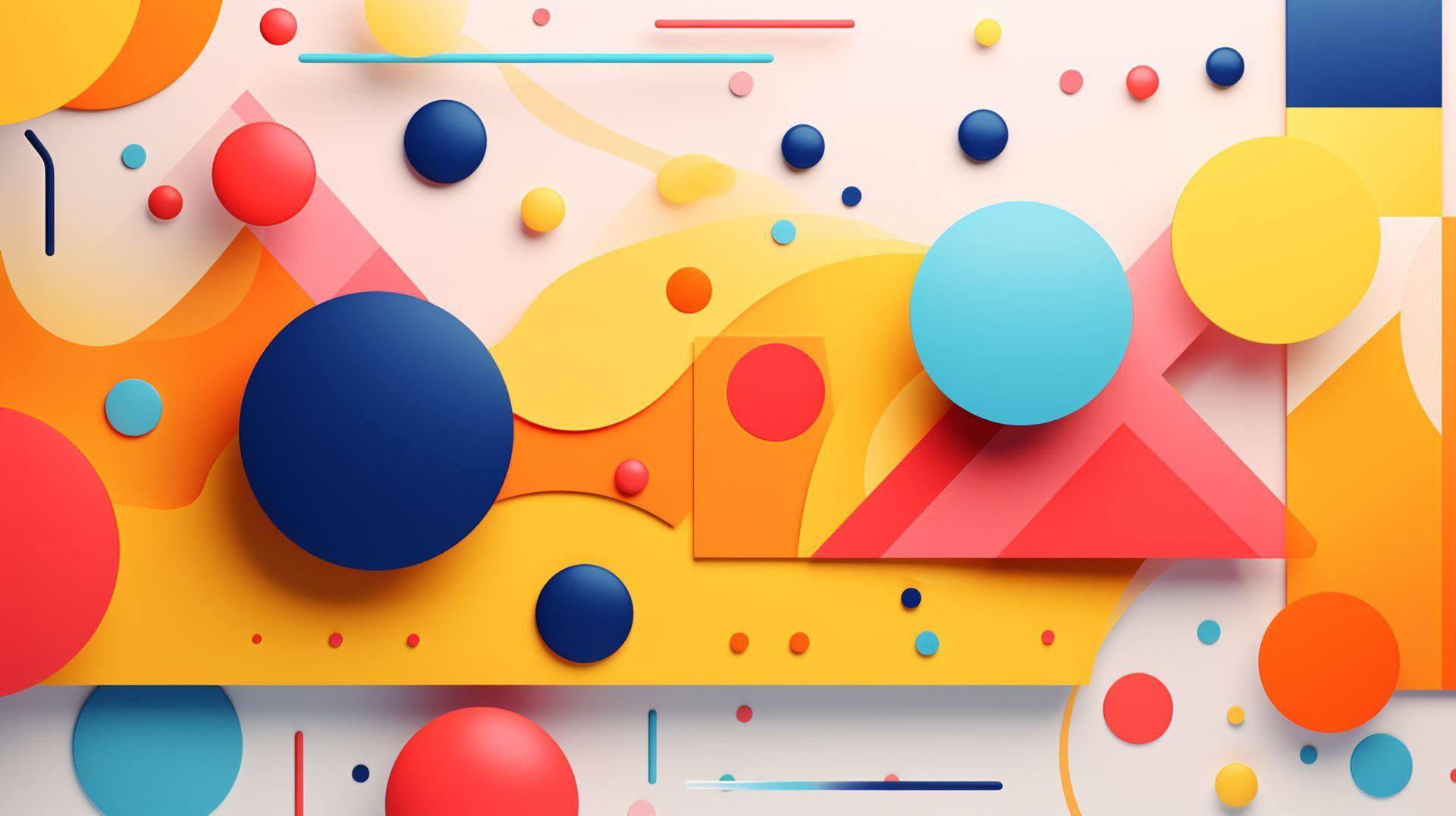
Move.AI
Move.AI is the latest innovation in motion capture technology, powered by advanced artificial intelligence. This revolutionary software redefines motion capture by allowing creators to convert videos filmed on any modern device, including HD cameras and ultra-high-definition devices, into 3D models. Harnessing the generative capabilities of AI, Move.AI accurately detects, analyzes, and extracts human movements from videos, offering a streamlined solution to the typically complicated and resource-heavy motion capture process.
A key mission of Move.AI is democratizing access to motion capture and animation tools, eradicating the necessity for expensive motion capture equipment and time-consuming data processing. This has proven invaluable for creators across the spectrum, from small independents to large corporations, who are keen on exploring the generative AI’s potential in crafting digital renditions of everything from humans and animals to robots and vehicles. Move.AI is set to revolutionize the animation and design industry, providing user-friendly yet powerful tools for the creation of 3D graphics, whether for mobile games or high-end Hollywood animations. Its potential makes Move.AI a leading contender in the realm of AI video-to-3D generators.
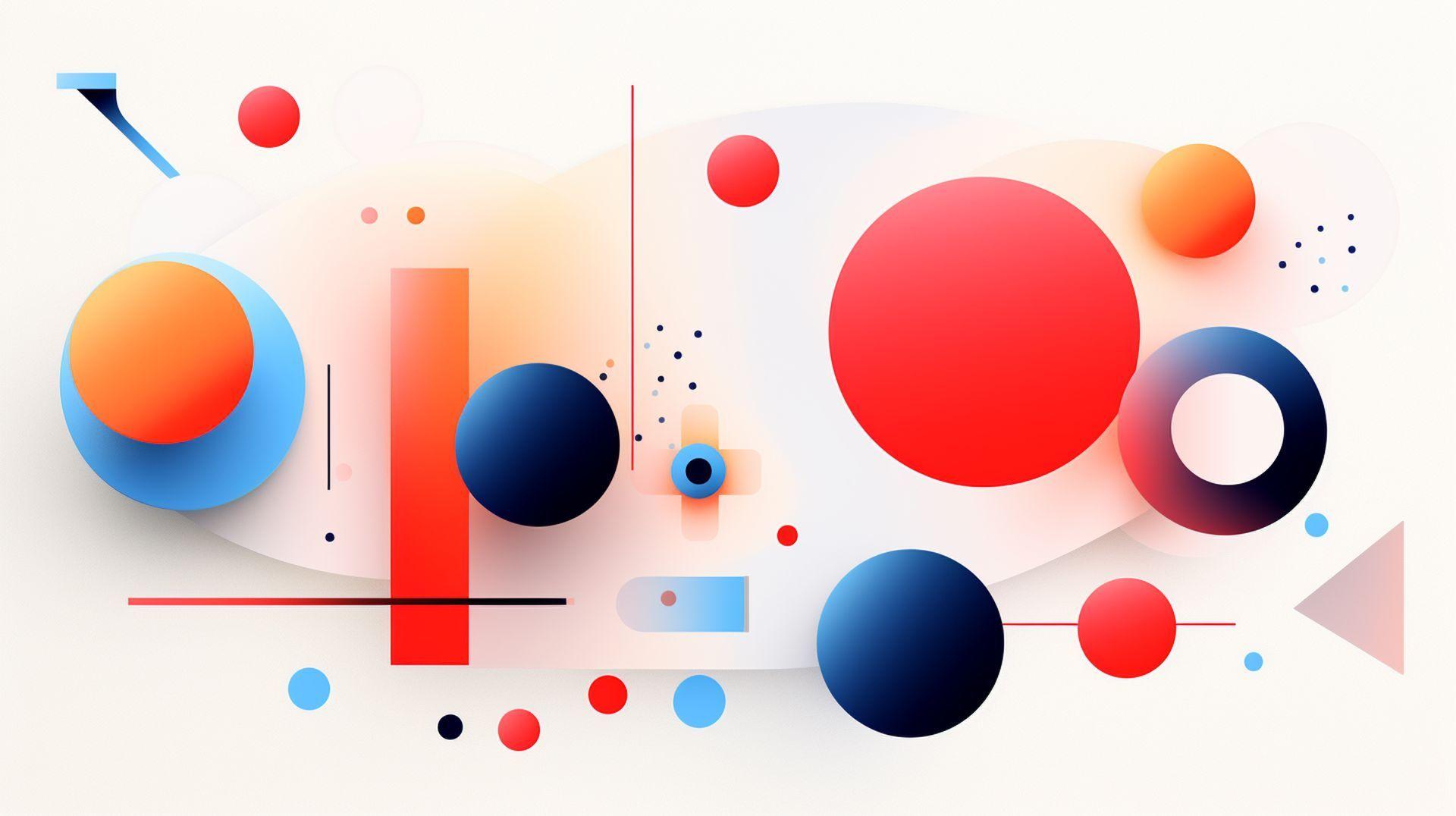
DPT Depth Estimation
DPT Depth Estimation is a cutting-edge technique that leverages deep learning to create accurate 3D representations from 2D images. This deep convolutional network captures the depth of an image and uses it to generate point clouds and 3D meshes with remarkable precision.
By feeding monocular images into a network trained on a diverse dataset of scenes and objects, DPT Depth Estimation estimates the depth of the scene and constructs a point cloud to generate 3D meshes. Compared to other methods such as stereo-matching and photometric stereo, DPT’s accuracy is superior, and in some cases, even surpasses human-level precision. Its rapid inference time makes it an excellent choice for real-time 3D scene reconstruction.
Meta explains everything about its evolving feed algorithms and its AI intentions
What makes DPT Depth Estimation stand out is its ability to generate 3D meshes from single images. It first determines the scene’s depth, then parameterizes the object and creates a mesh that is far more detailed and accurate than other methods. DPT also infers the scene’s textures and colors, enabling it to create photorealistic 3D representations.
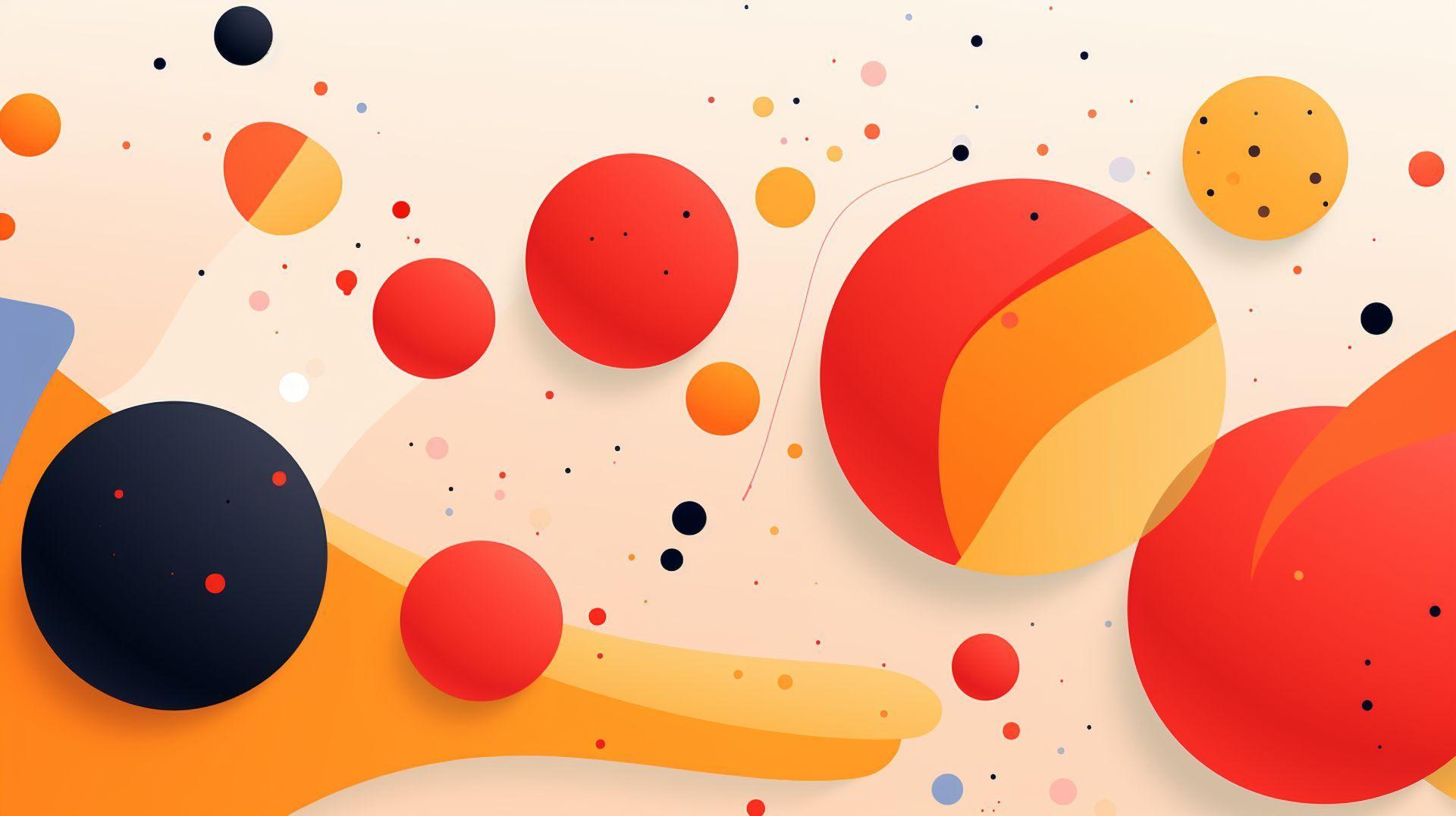
Update: 3 more best AI 3D model generators
Don’t miss these solutions, let’s dive in!
Spline
Spline functions as a comprehensive, complimentary 3D design platform that empowers users to fabricate engaging web-based interactive experiences directly within the browser interface. A notable attribute that distinguishes Spline from other similar platforms is its capacity to facilitate real-time collaborative endeavors, rendering it an advantageous solution for collective or team-based projects.
As a 3D modelling and animation suite, Spline hosts a plethora of functionality encompassing aspects of 3D vector manipulation, intricate camera control mechanisms, responsive web browser events, and intuitive drag and drop operations. Additionally, it allows for the assimilation of digital media via its web portal or through an Application Programming Interface (API), where the ingested data is subsequently auto-analyzed and metamorphosed into three-dimensional representations.
Spline houses an array of standout features and that makes it some of the best 3D model generators. Among them is the Live Collaborative Interaction, a feature that enables multiple users to work in unison on projects, maintaining real-time updates and seamless coordination. The platform also presents a comprehensive toolkit for 3D Modeling and Animation, empowering users to build and animate intricate three-dimensional structures with ease.
To further enhance user engagement, Spline has focused on enabling Interactive Experiences. These tools offer creators the ability to build 3D experiences that react and respond to user inputs, creating a deeper level of immersion and interaction. Material Layer Management is another core feature, facilitating granular control over the material properties of 3D models, which directly affects their visual appeal and realism.
3DFY.ai
3DFY AI is one of the best 3D AI model generators that utilizes advanced generative artificial intelligence mechanisms to fabricate superior quality 3D models driven by textual descriptions. By circumventing the necessity for expensive, time-intensive, and often impractical traditional manufacturing or scanning methodologies, 3DFY AI has democratized the domain of 3D content generation, making it within the reach of the average user.
The central mission of 3DFY AI is to eradicate the dependence on human intervention in the production of 3D content, thereby automating the process. This translates to the ability for users to churn out a virtually limitless volume of 3D assets at unprecedented speeds. Through this revolutionary technology, users gain access to meticulously curated 3D databases replete with digital items or they have the option to generate 3D virtual entities derived from text-based prompts.
3DFY.ai opens the door for text-to-3D modeling
In the realm of 3DFY AI’s capabilities, one can appreciate the AI-powered text-to-3D generation, which is a game-changer in the field of 3D content development. Its sophisticated generative AI outperforms conventional methods and essentially obviates the need for human labor in generating 3D content. Users are given the privilege of accessing an extensive, curated 3D databases of digital items, providing a vast resource for varied 3D modeling needs.
Ponzu
Ponzu is a pioneering software application that leverages the power of artificial intelligence to facilitate the expeditious and effortless creation of high-definition, photorealistic textures. This innovative platform presents its users with the means to convey their unique creative visions, enhancing the realism and vitality of their 3D models through fully bespoke painting styles.
Underpinning Ponzu’s capabilities are its cutting-edge AI algorithms, which exhibit the capacity to swiftly and precisely generate textures congruent with any conceptualization. Adding to the versatility of the software is the feature that allows users to independently modulate specular and diffuse lighting components. This offers significant flexibility in shaping the optimal ambiance for their textured models, thus rendering a more immersive and nuanced visual experience.
At the heart of Ponzu’s functionalities lies the AI-powered texture generation, which allows for swift and straightforward production of superior, photorealistic textures. The platform allows complete customization of painting styles, enabling users to incorporate their unique artistic flair into their creations. Utilizing Ponzu’s advanced AI algorithms, users can confidently anticipate the production of accurate and rapid textures, thereby streamlining their creative workflow.
Lastly, the tool’s provision for independent control over specular and diffuse lighting enriches the flexibility and control a user has over the final aesthetic outcome of their 3D models. We can easily say it’s one of the best AI 3D model generators out there.
Final words
The emergence of the best AI 3D model generators has made it possible for creators to visualize and render 3D models and animations in a more efficient and user-friendly manner. Whether for game development, animation, digital artistry, or virtual reality, these AI-powered tools have pushed the boundaries of what’s possible and have fundamentally altered how we create, perceive, and interact with 3D content. The future of 3D model generation looks incredibly exciting, with these AI tools leading the charge towards a more accessible future.
Featured image credit: Kerem Gülen/Midjourney






